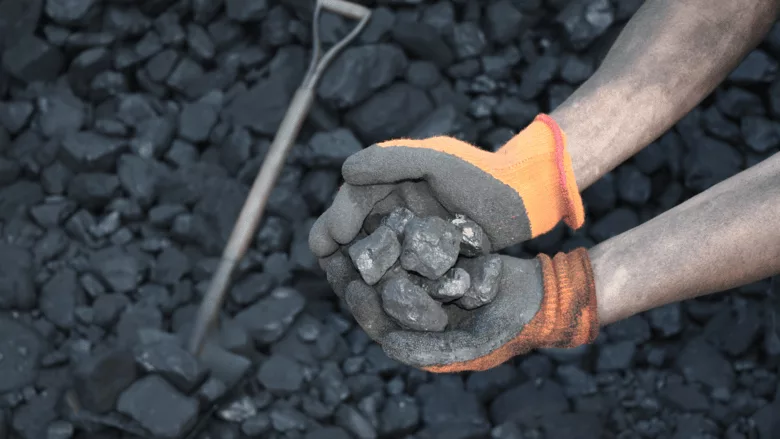Energy Department Designates Coal as a Critical Material
Critics contend that it will divert attention and resources from cleaner energy alternatives

Image via Adam88xx from Getty Images Pro
In a bold move emblematic of President Trump’s broader push to revive the coal industry, the U.S. Department of Energy has officially designated metallurgical coal—a key component in steel production—as a “critical material” under the Energy Act of 2020. The declaration, announced by Energy Secretary Chris Wright, aims to strengthen America's industrial base and energy independence by safeguarding the steel supply chain.
“Metallurgical coal is more than a fuel—it is a cornerstone of our industrial base,” Wright stated. “By designating it as a critical material, we’re ensuring American steel, powered by American coal, remains the backbone of our economy.”
This decision builds on Trump’s Executive Order titled “Reinvigorating America’s Beautiful Clean Coal Industry,” and marks a strategic realignment of energy policy that links coal not just with power generation, but with national manufacturing security. According to the DOE, coal used for steelmaking qualifies as a critical material due to its unique properties, domestic economic significance, and vulnerability to foreign supply chain disruption.
The Strategic Case for Coal - in 2025?
Supporters argue this is a necessary corrective to years of neglect. With more than 150 metallurgical coal mines operating across the country—primarily in Appalachia—the industry supports tens of thousands of jobs. Moreover, coal remains essential to two major steelmaking methods: the blast furnace–basic oxygen process and the increasingly dominant electric arc furnace method.
The DOE contends that without decisive action, declining investment and strained infrastructure could cripple domestic steel production—vital not only for construction and manufacturing, but also for defense and energy infrastructure, such as pipelines and transmission towers.
The Other Side of the Coin
However, the decision has sparked controversy. Critics contend that it may divert attention and resources from cleaner energy alternatives and question the long-term viability of coal in a rapidly decarbonizing global economy. Environmental groups express concern that this move could hinder progress toward reducing greenhouse gas emissions and transitioning to sustainable energy sources.
Even some in the steel industry are skeptical. With a growing pivot toward hydrogen-based steelmaking and increased electrification using renewables, the reliance on coal is diminishing globally. Critics also worry the designation could open the door for increased subsidies and deregulation that disproportionately benefit coal companies at the expense of climate goals and market innovation.
The decision has sparked a broader debate about the balance between national security and environmental responsibility. It also raises questions about how the U.S. defines "critical" in an era of rapid technological transition. As the administration continues its aggressive stance in support of fossil fuels, the designation is likely to face both legal and political challenges from a coalition of state governments and environmental watchdogs.
For now, the designation of metallurgical coal as a critical material stands as both a strategic industrial maneuver—and a flashpoint in America's energy and climate divide.
Looking for a reprint of this article?
From high-res PDFs to custom plaques, order your copy today!









